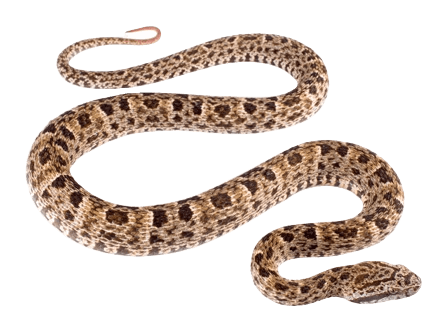Barba amarilla snakes are also known as lancehead, Bothrops atrax and fer-de-lance, and Mapepire balsine. The scientific name of Barba Amarilla snakes is Bothrops atrax. It is a highly endangered species of pit viper found in the tropical lowlands of northern South America east of the Andes. Currently there are no newly recognized sub-species.
Lancehead snakes are one of several common reptiles. Amphibian species described in the landmark 1758 book by Carl Linnaeus. This is the 10th edition of his Systema Naturae, given in the binomial title Coluber atrax.
In Spanish this snake is called Barba Amarilla. It has yellow and light yellow color near the chin. In Venezuela it is also known as Mapanare Atrax. In Guyana and Suriname it is called Labaria. These snakes are known by many names in different regions.

Barba amarilla snakes are a terrestrial species and adult snakes grow from 75 cm to 125 cm (30 inches to 50 inches).
The maximum size is not clear according to reports. The color pattern is different compared to the rest of the species. It has an olive, brown, tan, gray, yellow or rusty ground color.
The markings on the body of barba amarilla snakes are highly variable.
In some specimens the pattern is quite different. In some other models this is virtually absent. Body specimens have a series of dorsolateral blotches. The shapes of these snakes are trapezoidal and rectangular extending from the first scale to last scale row.
On the head they have no markings except for a moderately wide post ocular stripe. It runs from behind the eye to the angle of the mouth. The tongue is black and the iris is gold or bronze in color with black reticulation in size.
Barba Amarilla snakes can swim and can even climb trees for food. These snakes are also easily agitated. They eat small mammals and birds, frogs, lizards, small snakes and tarantulas. Barba Amarilla gives birth to 80 snakes at a time.
Adult snakes can breed throughout the year.
Female snakes develop embryos after mating. These snakes travel in and out for sunlight to keep themselves and their embryos at a constant temperature.
Small barba amarilla snakes are about 30 cm (12 inches) long. Baby snakes are lighter in color compared to larger snakes. The tails of these snakes are light brown or yellow in color.
Barba amarilla snakes are not related to puff adders or Russell’s vipers, but they do have some similarities. They are large and heavy-bodied vipers, and they breed in large litter sizes.
Barba amarilla is one of the deadliest snakes found in the United States. Barba Amarilla snakes have a lifespan of up to 20 years. Female snakes have a very unusual appearance.
Barba amarilla snake venom contains antihypertensive properties. This substance is the basis of many drugs and antihypertensives. They are usually found around areas where humans are bothered and their bite is very venomous.
Barba Amarilla snakes are fast moving and very aggressive snakes with powerful venom.
They extend their head up to two meters and bite high off the ground. This species is closely related to the banded krait, a venomous relative of the cobra that lives in Southeast Asia and India. They grow to over two meters in length and have distinctive markings on their spines.
